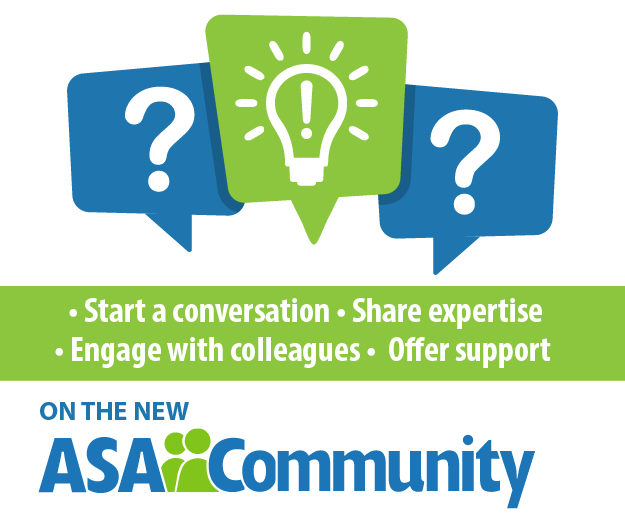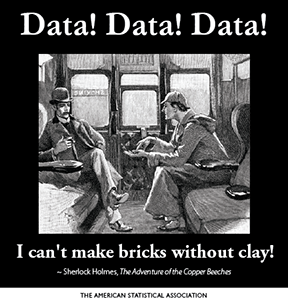 Mark Palmer is the former CEO of StreamBase Systems and M&A adviser for Warburg Pincus. He’s the coauthor of Ten Things to Know About ModelOps, a World Economic Forum technology pioneer, and one of CDO Magazine’s leading voices in data. He serves on the advisory board of the Data Visualization Society.
Mark Palmer is the former CEO of StreamBase Systems and M&A adviser for Warburg Pincus. He’s the coauthor of Ten Things to Know About ModelOps, a World Economic Forum technology pioneer, and one of CDO Magazine’s leading voices in data. He serves on the advisory board of the Data Visualization Society.To do a better job with data, take a moment to define your hero.
Kat Greenbrook, in her Nightingale article titled “Reasons to Visualise the Same Data, Differently,” advises data analysts start with the who, not the story. Creative people often begin with a hero in mind. They wonder what obstacles their protagonist might face. What makes her act heroically? What is his mission?
The data nerd in you might recoil: “I’m a scientist, not a creative writer.” Wrong. If you work with data, you need to think like an artist. Artists start by thinking about their hero.
Greenbrook proposes a framework that can help you find and define your hero. As part of this framework, ask yourself the following three questions:
- Am I trying to discover insights for myself?
- Am I trying to inform others?
- Am I trying to educate others?
When the hero is you, your job is to find a story.
When you’re discovering insights for yourself, you’re like a detective, using data to find the story behind the facts. As you search, you compose new questions. But you’re not working with physical evidence. Your job is to find your clues in graphs, charts, and tables. As you search, new questions emerge. As you collect, collate, refine, revisit, and organize facts, patterns appear. Those patterns are the backbeat of your story.
Once your discovery is done and you find your story arc, you have a story to tell.
When you’re informing others, present facts.
When your hero is somebody else, such as a client who needs information, your job is to supply the facts, not tell a story. You’re Agent M, feeding James Bond information along his way. Bond, James Bond, is on the hero’s journey. In business, James Bond is the project manager who needs a Gantt chart, the sales manager who needs a pipeline breakdown, or the CFO who needs a cash flow statement.
When you’re educating others, you’re a storyteller.
When your hero is hapless, helpless, or naïve, you must become a storyteller. Your job is to change hearts and minds. You must take the following steps:
- Find a story (return to hero #1).
- Choose visualizations that create “aha” moments.
- Find vivid words for annotations.
- Select compelling colors, callouts, and comparisons.
- Write titles that stick.
Like writing a book, storytelling with data is grinding, detail-oriented, and sometimes thankless work. I changed the title of this article 10 times—is it the best one, the one that will stick? I’m still not sure and tortured there might be a better one.
You’re on a hero’s journey, too.
Whichever path you’re on, you’re on a hero’s journey, too. As you stumble through ideas, you discover what you’re trying to say. As you explore, you enlighten yourself so you might enlighten others. As Issac Asimov said, “Writing is thinking with my fingers.” The same holds for you when you work with data.
You’re on a hero’s journey when you’re a data storyteller. You’re out to change your hero’s mind, and you’re on the journey together.
Editor’s Note: This article originally appeared in Nightingale and is reprinted with permission.




Leave a Reply